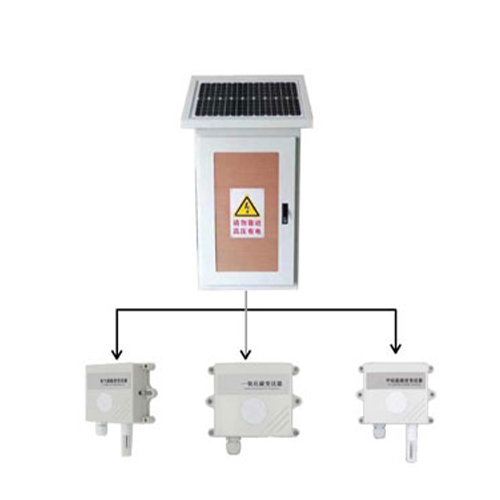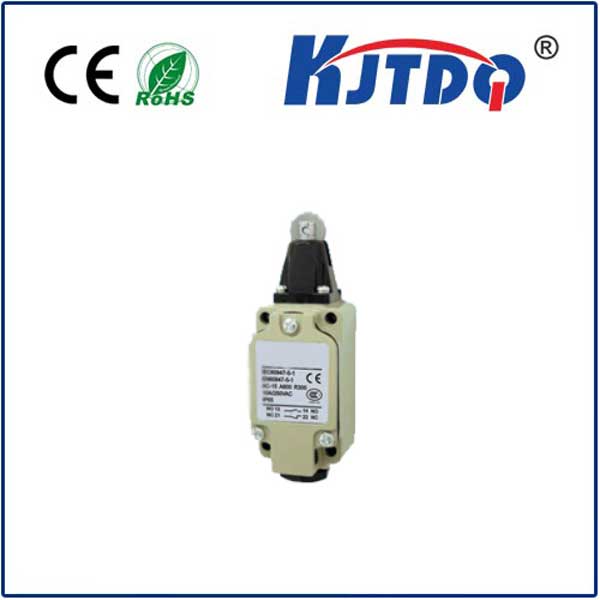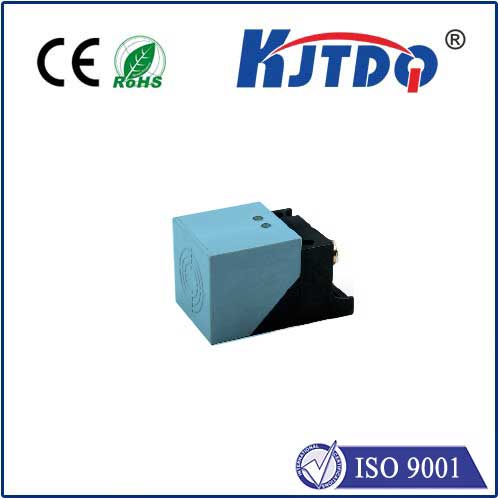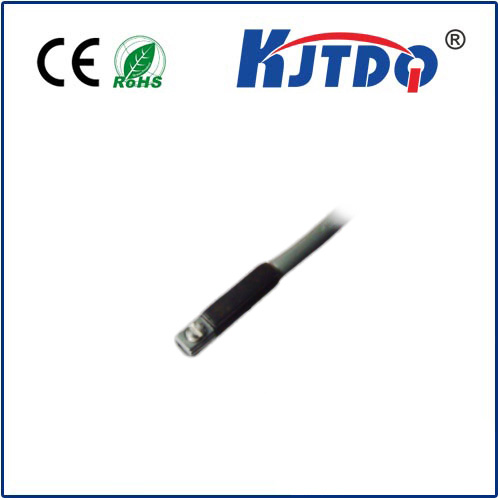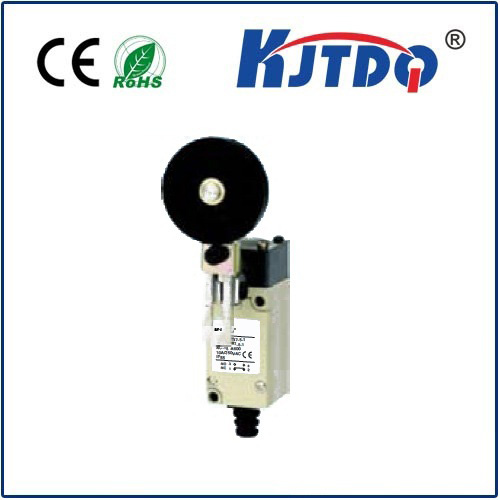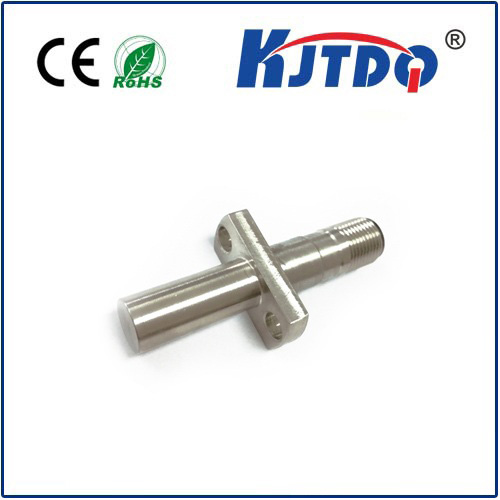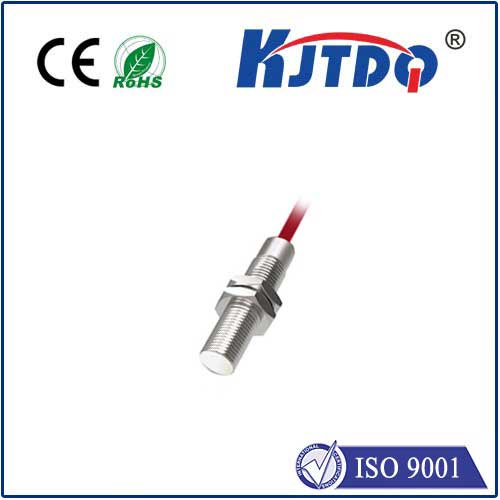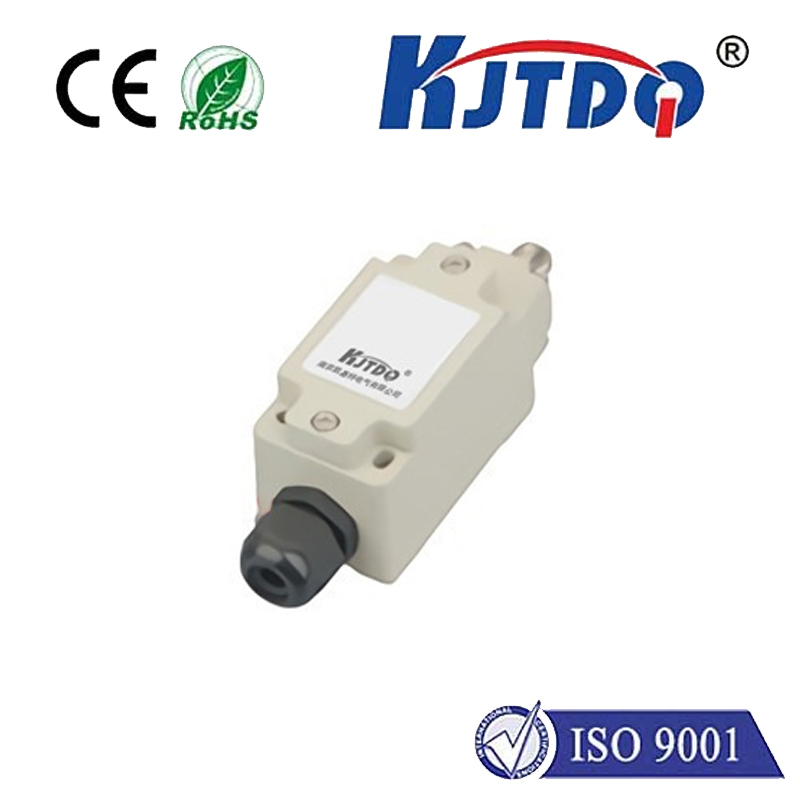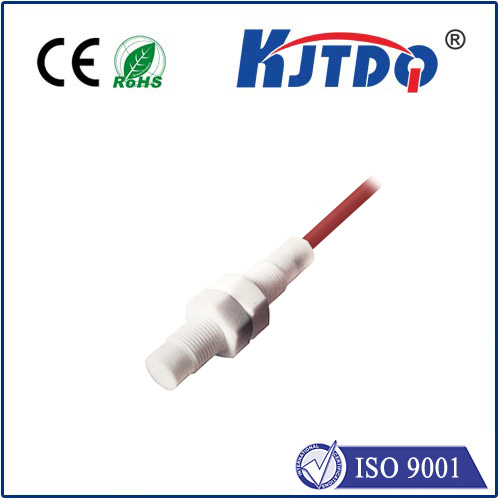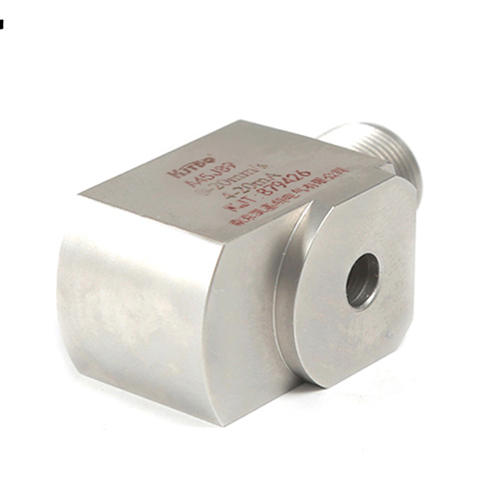

check

check

check

check

check

check

check

check

check

check
Title: Understanding Non-Flush Type Proximity Sensors: A Comprehensive Guide
Introduction:
Proximity sensors have become an essential component in various applications, from industrial automation to consumer devices. One of the most common types of proximity sensors is the non-flush type sensor, which operates on a different principle and offers unique advantages. In this article, we will delve into the working principle, features, and applications of non-flush type proximity sensors.
Section 1: Working Principle of Non-Flush Type Proximity Sensors
Non-flush type proximity sensors are designed to detect the presence of an object without physically touching it. They work based on electromagnetic induction or capacitive coupling, depending on the specific sensor technology employed. Here's a brief overview of each principle:
a. Electromagnetic Induction:
In an electromagnetic induction sensor, two parallel coils are placed near each other, with a distance between them determining the switching point of an electromagnetic field. When a conductor approaches the coils, it creates an alternating current that interacts with the magnetic field, causing the coils to switch on and off. The sensor then measures the time it takes for the current to cycle again and uses this information to determine the distance between the coils and the object.
b. Capacitive Coupling:
Capacitive coupling proximity sensors rely on the capacitance of two electrically charged circuits placed next to each other. When an object comes into contact with one of the circuits, it causes a change in capacitance, which triggers a signal in the other circuit. The sensor then measures the duration and amplitude of this signal to calculate the distance between the object and the circuit.
Section 2: Features of Non-Flush Type Proximity Sensors
Non-flush type proximity sensors offer several advantages over flush type sensors, including:
a. High Accuracy: Non-flush sensors can achieve high accuracy due to their ability to detect changes in capacitance or electromagnetic fields without physically touching the object. This makes them ideal for applications where precise measurements are critical, such as robotics and medical devices.
b. Easy Installation: Non-flush sensors are typically smaller and more compact than flush sensors, making them easier to install in tight spaces. They also tend to have a lower profile, which can help maintain aesthetic appeal in design projects.
c. Multiple Operating Principle Options: Non-flush proximity sensors can be designed using either electromagnetic induction or capacitive coupling principles, allowing users to choose the best option for their specific application. This flexibility makes them versatile and adaptable to a wide range of industries and applications.
Section 3: Applications of Non-Flush Type Proximity Sensors
Non-flush type proximity sensors have numerous applications across various industries, including:
a. Industrial Automation: These sensors are widely used in industrial automation systems for sensing the presence of objects or materials in real-time, helping improve efficiency, reduce downtime, and increase safety in manufacturing processes. Examples include detecting malfunctioning machines or preventing collisions between robots and humans.
b. Consumer Electronics: Non-flush proximity sensors are found in many popular consumer electronics, such as smart home devices, smartphones, and gaming consoles. They are used for gesture control, fingerprint recognition, and even measuring human touch gestures to provide feedback in games or applications.
c. Medical Devices: Non-flush proximity sensors have potential use cases in medical devices, such as monitoring patient vital signs or measuring blood sugar levels remotely through wearable devices. They could also be used in surgical settings to assist with procedures or prevent infections by detecting contaminated surfaces or equipment.
Conclusion:
Understanding the working principle, features, and applications of non-flush type proximity sensors can help you select the appropriate sensor for your project or application. As technology continues to evolve, we can expect these sensors to become even more accurate, reliable, and versatile in meeting the diverse needs of modern industries and consumers alike.
